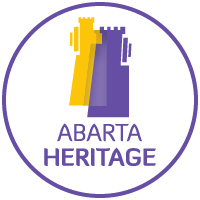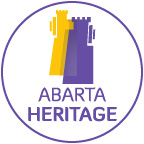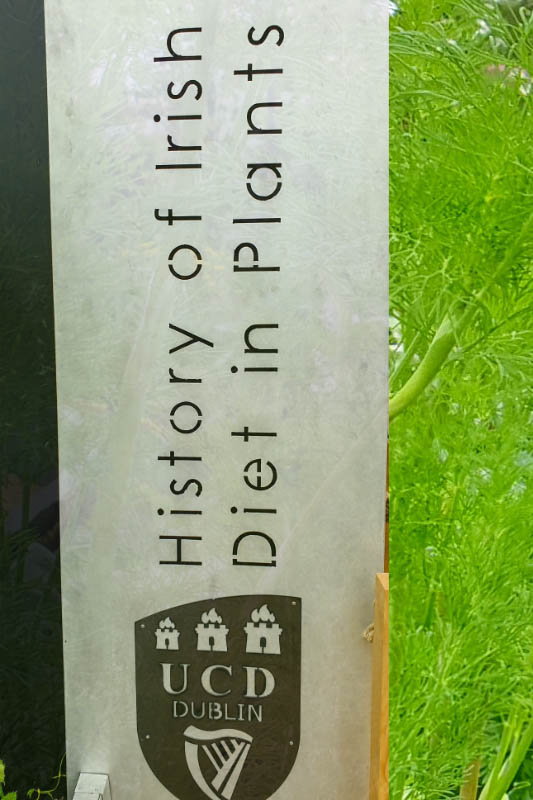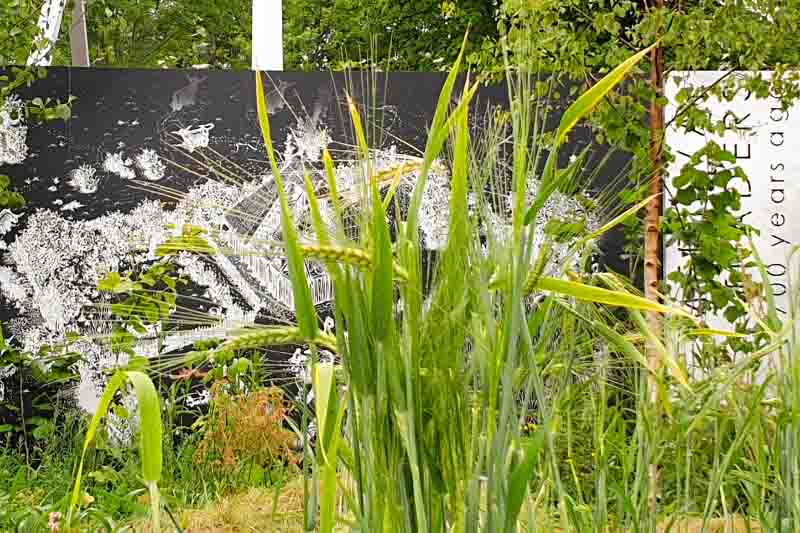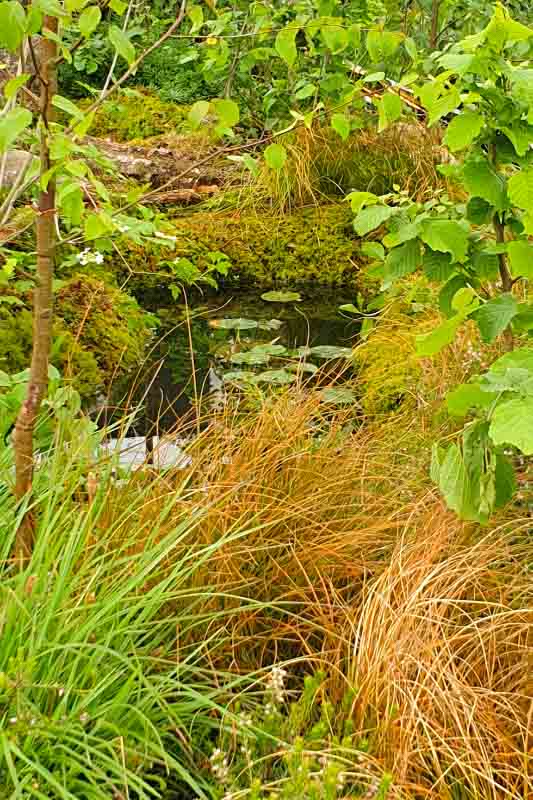Join us at Bloom to see a very special showgarden that demonstrates what plant remains can reveal about the past
Archaeology in Bloom – join us as we visit a very special showgarden at Bloom in 2019, to meet with the project team who have created a sensory journey into Ireland’s history through plants.
We’re always interested in food [perhaps a little too interested at times] and we were delighted to hear of this really innovative way of showcasing the changing nature of Irish diets. This show garden at Bloom demonstrates a selection of key food plants from Ireland’s past. All the plants are based on archaeological evidence and seeing, smelling and touching the plants helps you to gain a tangible glimpse into the changing nature of diet from the earliest settlers in Ireland to the present day. The gardens are accompanied by wonderful reconstruction images by artists that visually represent the evidence and allow us to picture what life was like in the past.
The Bloom show garden is subdivided to better show the different periods.
- The first part demonstrates some of the key food plants that would have been utilised during the Mesolithic Period. Some of the plants on display in this section include the yellow water-lily, seeds from this plant have been discovered on Mesolithic sites in Ireland. This section is accompanied by a wonderful reconstruction of the Clowanstown Fish Traps by artist J.G. O’Donoghue.
- The second section symbolises the landscape of the first farmers during the Neolithic Period. This period provided the first evidence for tillage of crops, such as Emmer wheat which you can see in the garden. This section is accompanied by an illustration of the Early Neolithic settlement at Town Parks in County Meath by Dan Tietzsch-Tyler.
- The time of Ireland’s Medieval Traders is represented in the next section. Trade transformed the diet of many of Ireland’s inhabitants around 800 years ago, though a number of plants were still being foraged, including plants that we consider weeds today – such as fat-hen. Hawkers sold the spinach-like leaves of fat-hen up until the eighteenth century. This section is accompanied by Michael Duffy‘s reconstruction illustration of a medieval farmstead at Mondaniel County Cork, that was uncovered during work on the M8 Motorway.
- Moving forward through time, the Industrial society of the late eighteenth and nineteenth century is represented by a garden that includes plants such as potatoes that became such an important food for the Irish people. The collapse of the potato crops in the middle of the nineteenth century led to the Great Famine, resulting in tragedy, starvation, disease and emigration. This section is accompanied by an illustration of nineteenth century houses and farm buildings by Dan Tietzsch-Tyler.
- The final section represents the modern era, with plants such as chilli peppers reflecting the global diet of today. This section is accompanied by an illustration that depicts a scene in a modern supermarket by John McCord.
AMPLIFY ARCHAEOLOGY PODCAST
AMPLIFY ARCHAEOLOGY PODCAST
Title: Bloom: A History of the Irish Diet in Plants
Duration: 36 mins.
Summary:
Join us at Bloom to visit a very special showgarden that demonstrates a history of the Irish diet in plants
The UCD Project Team behind the History of the Irish Diet in Plants Bloom Show Garden:
Dr Caroline Elliott-Kingston is an Assistant Professor of Horticulture and Crop Physiology at UCD. She co-designed and delivered an award-winning Bloom garden in 2016. Interested in exploring interactive/participative methods of teaching, she uses garden design as one educational tool for teaching students and the public about plant history.
Dr Meriel McClatchie is an Assistant Professor of Archaeology at UCD, where she leads a team examining the ancient remains of plants from archaeological excavations, providing insight into what foods our ancestors included in their diet.
John McCord, Niamh Conlan, Ciaran Rooney and Hannah Johnston are third-year Landscape Architecture students at UCD. Using their combined educational knowledge and unique design ideas, they created the design for the UCD History of the Irish Diet in Plants garden.
With thanks to Rónán Swan and Michael Stanley of Transport Infrastructure Ireland for their support of the garden and their participation in this podcast.
Episode 5 – Archaeology in Bloom: A History of the Irish Diet in Plants
- You can discover more about this fabulous show garden and the innovative project team here.
- You can also see a short YouTube video on the garden here.
Amplify Archaeology Podcast
During this podcast series we will meet some of Ireland’s archaeologists to discuss the key periods, places and people that tell the story of Ireland, and we’ll gain new insights into the practice and techniques of modern Irish archaeology.
The podcast is an Abarta Heritage production. It was recorded on location at Bloom in the Park by Neil Jackman (the interviewer) and Róisín Burke, with Dr Meriel McClatchie, Dr Caroline Elliot-Kingston, John McCord, Niamh Conlon, Rónán Swan and Michael Stanley. We are so grateful to everyone for their time and insights.
Amplify Archaeology Podcast is also available on
Dig into more stories with Amplify Archaeology Podcast
